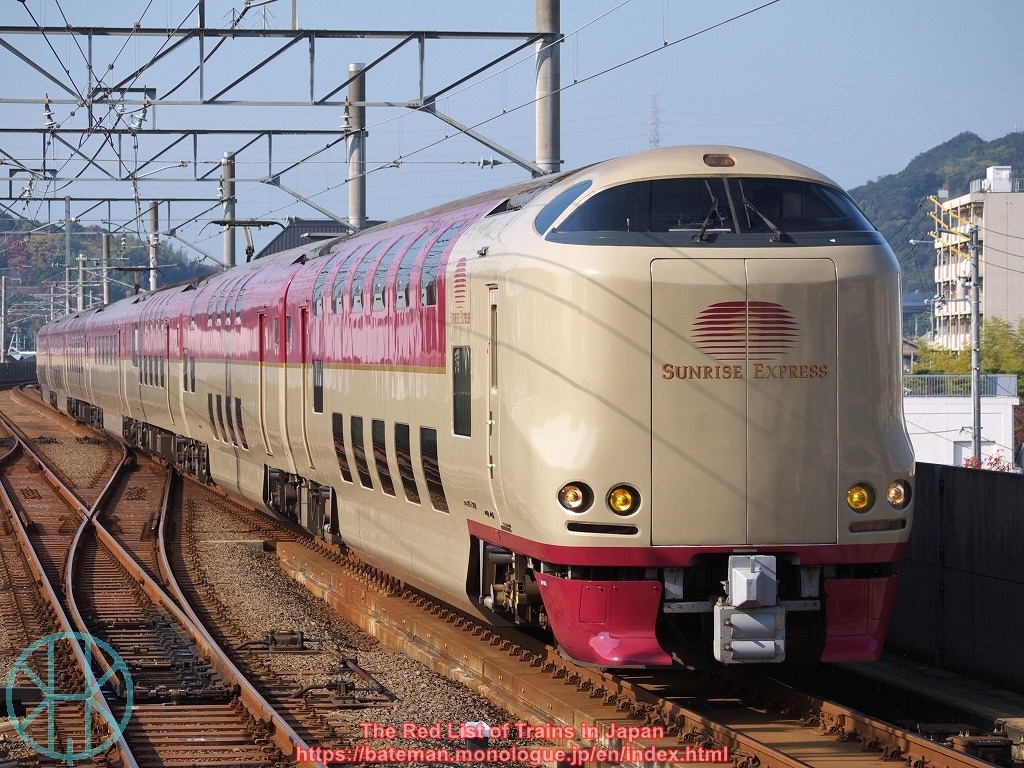Disclaimer
This article is about regular services. Timetables show major stations only so that those who seek for detailed information should check official websites.
 |
| British Rail Class 220 |
"The longest train journey" always sounds attractive for railway enthusiasts, even if there is no daily user that enjoy (or rather, endure) the whole journey. In Britain, the famous Crosscountry's service from Aberdeen to Penzance is the longest one among all trains.
Crosscountry service
| Aberdeen | 8:20 |
| Edinburgh | 11:08 |
| Newcastle | 12:42 |
| York | 13:44 |
| Leeds | 14:11 |
| Birmingham New Street | 16:03 |
| Bristol Temple Meads | 17:45 |
| Exeter St Davids | 18:47 |
| Plymouth | 19:44 |
| Penzance | 21:39 |
According to The Guardian, the train runs on Saturdays, though not always because of service alterations caused by planned engineering work and COVID-19. It travels 774 miles (1245.6 km) and takes 13 hours and 19 minutes. Surprisingly, this service is neither a night train nor a high-speed train, but an ordinary intercity train that runs through the main island.
Then, how about Japan? There were so many long-distance services until the 2010s, but they were mostly discontinued and split into several parts, as a lengthy route is always prone to delays and troubles. Furthermore, it is not easy for all parties concerned to adjust tracks, signalling systems and other facilities to be compatible with a specific train. Even so, there are a few such services today.
Nozomi bullet train
The longest train service in Japan in terms of distance is a bullet train Nozomi. It runs on Tokaido and Sanyo Shinkansen high-speed rails between Tokyo and Hakata in Fukuoka Prefecture. There are 32 round trips a day (2-4 services per hour), and more on holidays.
Nozomi 64
| Hakata | 18:59 |
| Hiroshima | 20:00 |
| Shin-Osaka | 21:20 |
| Nagoya | 22:12 |
| Tokyo | 23:45 |
Nozomi 64 is pretty unique. It is the last eastbound service of day to Tokyo, and it is also the fastest service between Hakata and Tokyo, as it runs 1,069 km (664.3 miles) taking 4 hours and 46 minutes. It is usually very crowded as people always rush into this service, otherwise they will have to wait for the first train on the next day.
Sunrise Izumo
What about non-high-speed trains? Among them, Limited Express Sunrise Izumo is the longest service in Japan. It is a night train with a round trip everyday (plus one during the peak season).
Sunrise Izumo (Eastbound)
| Izumoshi | 18:53 |
| Okayama | 22:30 |
| Osaka | 0:31 |
| Shizuoka | 4:38 |
| Tokyo | 7:08 |
Since it runs on "conventional lines", it is way slower than Nozomi. Sunrise Izumo travels 954 km (593 miles) and takes 12 hours and 15 minutes, the longest journey time among all trains. There is a cheap option on this service called "Nobinobi Zaseki" (lit. "unconstrained seat"), but it would be a very hard journey to spend more than 12 hours on a sleeping space without a mattress or a pillow. Those who plan to use this train should consider booking a bedroom.
Nichirin Sea Gaia
The longest non-night train journey in Japan is Limited Express Nichirin Sea Gaia in Kyushu, western Japan. This service is not well known outside the area. However, it is not so long compared to trains in other countries, including in the Continent.
Nichirin Sea Gaia 5
| Hakata | 7:30 |
| Kokura | 8:31 |
| Oita | 10:03 |
| Miyazaki | 13:07 |
| Miyazaki Airport | 13:19 |
There are many Nichirin services, but only one round trip of them a day runs the entire section. There is no direct road or railway between cities of Fukuoka and Miyazaki so that this train runs longer than the actual distance. It takes 5 hours and 49 minutes to complete a journey of 413 km (256.7 miles).
There are three "longest train journeys" in Japan, but surprisingly, none of them can beat the one in the UK both in terms of distance and journey time. Thus, these services might not always sound attractive for travellers living outside Japan, but probably still worth checking them.
Finally, Crosscountry issues "longest journey certificate" to passengers, but none of the three services in Japan provide such a collectable. Pretty disappointing!













